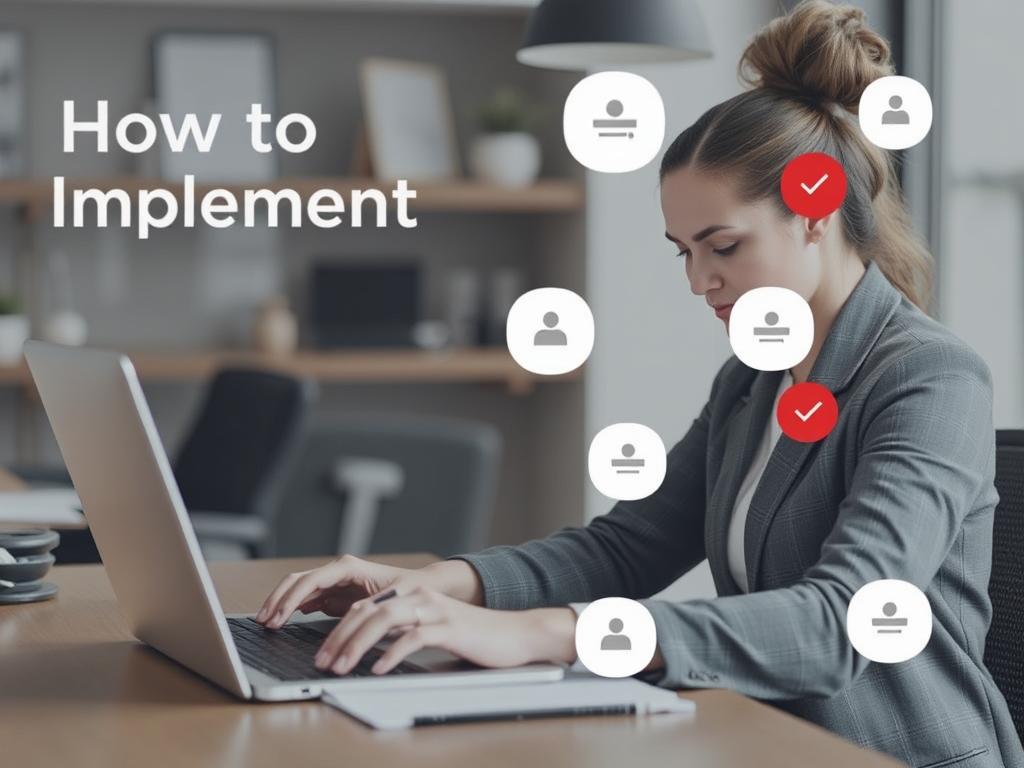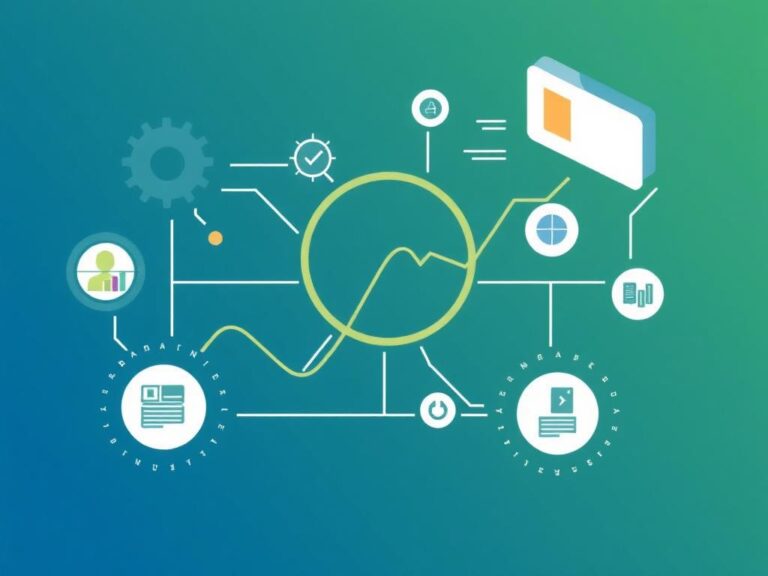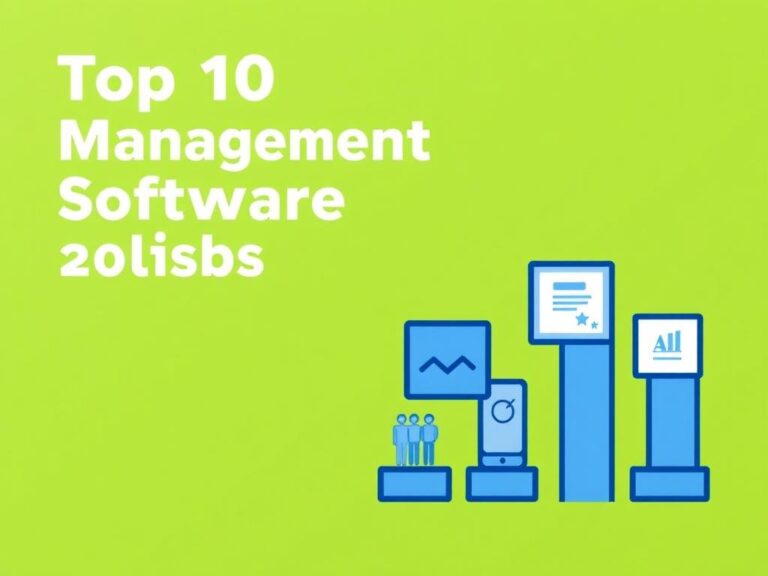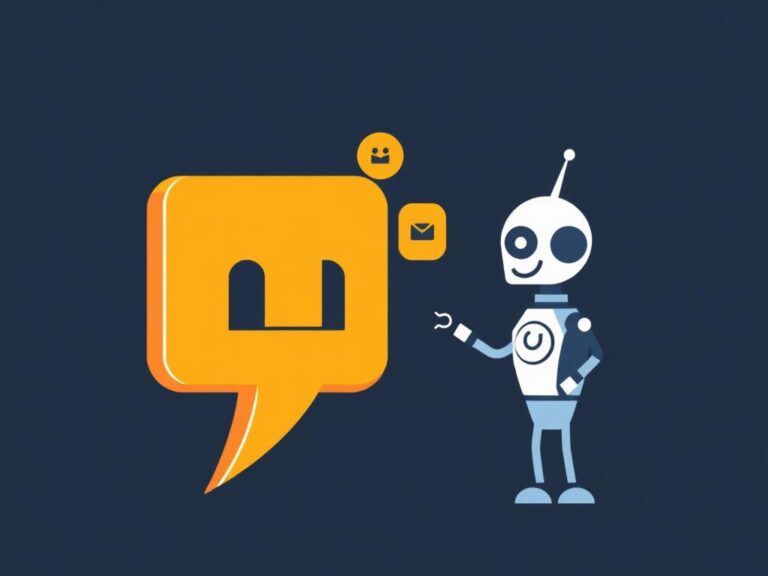How to Successfully Implement Staffing Software in Your Business
Implementing staffing software in your business can be a game-changer, streamlining your hiring process, boosting productivity, and improving employee management. But like any major change, successful software implementation requires careful planning, clear communication, and a practical approach. Whether you’re upgrading from manual systems or switching from outdated tools, knowing how to successfully implement staffing software is key to unlocking its full potential and making sure your team is on board.
Understanding the Benefits of Staffing Software
Before diving into the implementation process, it’s important to understand why staffing software is worth the investment. Staffing software automates repetitive tasks, centralizes employee data, and improves the accuracy of your workforce management. It can handle everything from applicant tracking and onboarding to timekeeping and payroll integration. This means less paperwork, fewer errors, and more time for HR and management to focus on strategic goals.
This software also helps your business scale efficiently. As your organization grows, manual staffing becomes increasingly complex and prone to mistakes. Staffing software can adapt to growing demands, offering customizable features tailored to your industry and size. By improving communication between recruiters, managers, and candidates, it ensures a smoother recruitment experience.
Key Steps to Successfully Implement Staffing Software
1. Define Your Goals and Requirements
Start by identifying what challenges your business faces with the current staffing process. Are you struggling with tracking applicants, managing shifts, or monitoring employee performance? Defining clear goals will help you choose staffing software that fits your business needs. List out essential features, such as integrations with your payroll system, mobile accessibility, or reporting capabilities.
2. Involve All Stakeholders Early
Getting input from HR personnel, recruiters, hiring managers, and IT is crucial. Their feedback helps shape the software choice and implementation strategy. When staff members feel included, they are more likely to embrace the new system, reducing resistance during rollout.
3. Choose the Right Staffing Software
Evaluate multiple software options in terms of usability, scalability, support, and cost. Request demos and trials to see how each solution handles your core requirements. Here’s an example of criteria you might consider:
| Criteria | Details |
|---|---|
| User Interface | Is the software easy to navigate for both HR and applicants? |
| Customization | Can workflows be tailored to your hiring process? |
| Integration | Does it connect with payroll, calendars, or other tools? |
| Reporting | Are real-time analytics and reports available? |
| Customer Support | Is support responsive and knowledgeable? |
4. Plan the Implementation Timeline
Work with your vendor to map out a realistic schedule that includes setup, data migration, training, testing, and going live. Avoid rushing the rollout to minimize disruptions in your daily operations.
5. Migrate Data Carefully
A smooth transition depends on clean and organized data. Prepare your employee and candidate databases for migration by consolidating records and removing duplicates. Communicate any changes to your team to ensure consistency.
6. Train Your Team
Effective training is vital for adoption. Provide various training materials like videos, manuals, and live sessions. Designate “super users” who can support colleagues and troubleshoot common issues. Keep training ongoing, not just a one-time event.
7. Test the System Thoroughly

Before fully launching the software, run comprehensive tests for all critical functions including job postings, applicant tracking, notifications, and report generation. Testing identifies potential bugs and areas needing improvement.
Common Challenges and How to Overcome Them
Even with the best planning, challenges will arise during software implementation. Here are some common hurdles and solutions:
- Resistance to Change: Address concerns early, emphasize benefits, and involve employees to build buy-in.
- Data Migration Errors: Double-check data integrity and back up databases before migration.
- Technical Issues: Maintain close communication with vendor support and have IT ready to assist.
- Inadequate Training: Provide ongoing resources and encourage feedback to improve training sessions.
Tips to Maximize the Benefits of Staffing Software
Once your software is implemented, you want to get the most out of it. Consider these tips to enhance efficiency and satisfaction:
- Regularly Update the Software: Keep your system current to benefit from new features and security patches.
- Use Analytics: Leverage data insights to fine-tune your hiring and retention strategies.
- Encourage Feedback: Continually ask users what works and what doesn’t to improve the experience.
- Automate Smartly: Use automation to reduce repetitive tasks but keep a human touch where it matters.
- Integrate Seamlessly: Connect your staffing software with other HR systems to create a unified workflow.
Sample Implementation Checklist
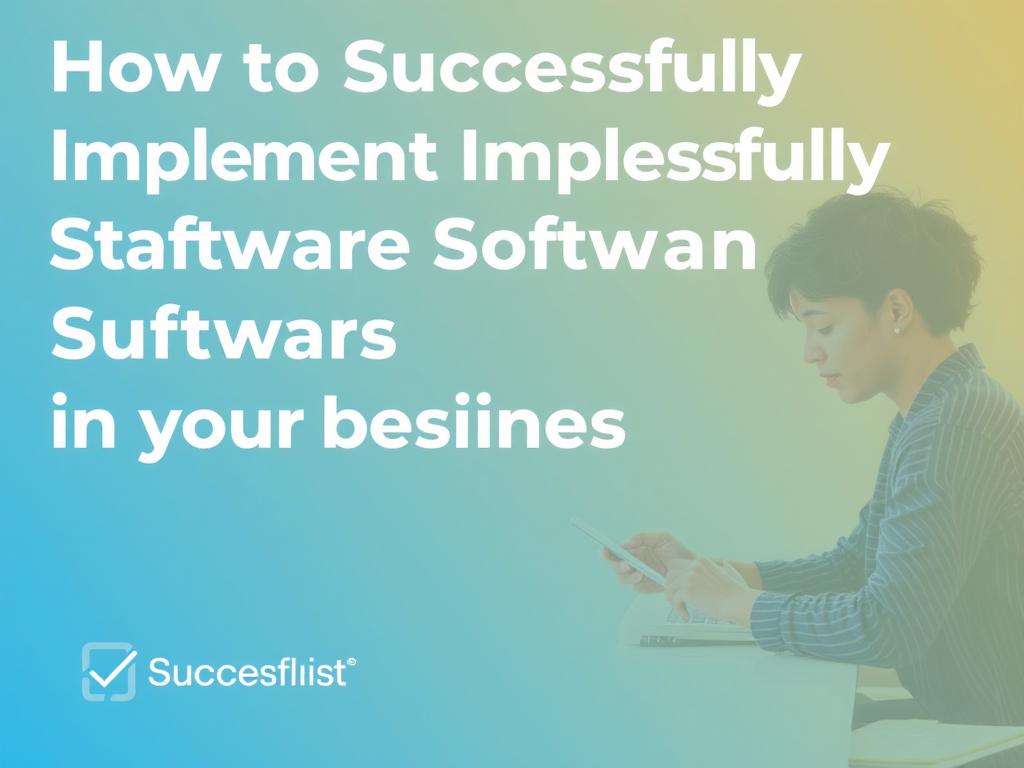
| Task | Status |
|---|---|
| Define staffing requirements | Completed |
| Evaluate and select software | In Progress |
| Plan timeline and milestones | Pending |
| Prepare and clean data | Pending |
| Train staff | Pending |
| Execute testing phase | Pending |
| Go live | Pending |
| Gather post-implementation feedback | Pending |
Final Thoughts on Implementing Staffing Software
Implementing staffing software can profoundly improve how your business attracts, manages, and retains talent. By following a clear, step-by-step approach—from defining your goals and choosing the right software to thorough training and testing—you can ensure a smooth transition. Remember, successful implementation is not just about the technology itself but also about engaging your team and adapting the process to fit your unique business culture. With thoughtful planning and ongoing support, staffing software can transform your workforce management, allowing you to focus on growing your business while it takes care of the recruitment and staffing details.
Conclusion
Bringing staffing software into your business requires more than just purchasing the product—it demands a strategic approach that considers people, processes, and technology. By carefully assessing your needs, involving stakeholders, choosing the right solution, and investing time in training and testing, you set the stage for success. The rewards of streamlined operations, better hiring decisions, and enhanced employee satisfaction make the effort worthwhile. Embrace the change with an open mind, and your staffing software will become an invaluable partner in building a stronger, more agile workforce.
